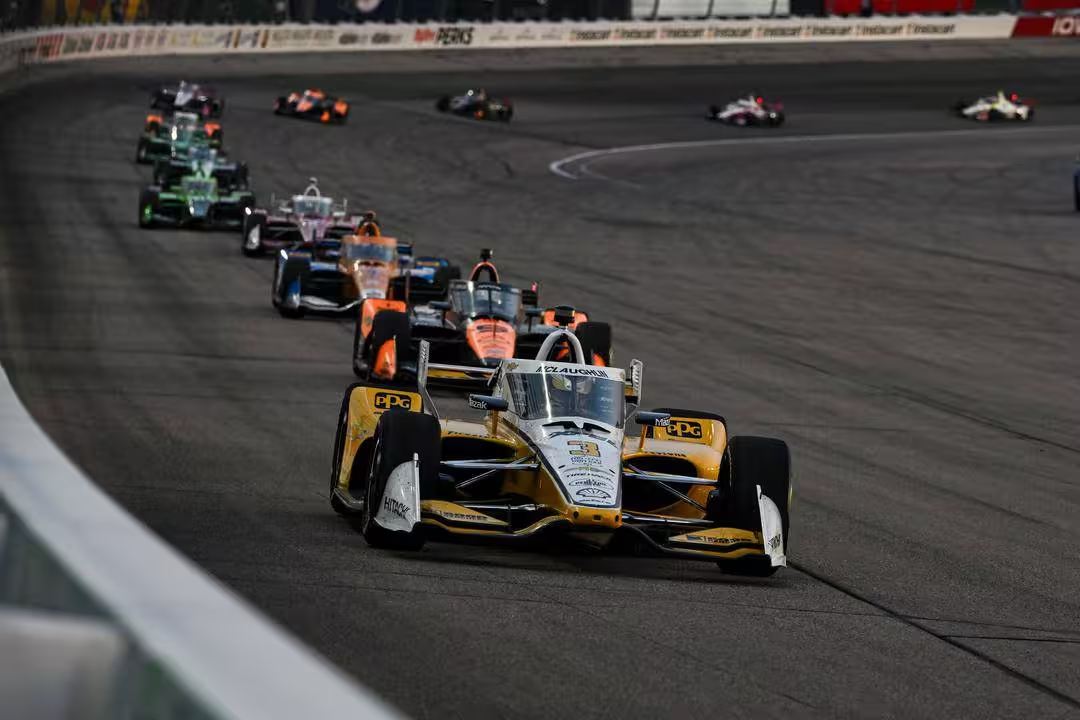When the total competitive package is just right, oval racing can be some of the most exciting racing one can watch either in person or on the couch. When the package is off, the product and viewing experience suffers, and that was the case at Iowa Speedway for the Hy-Vee INDYCAR Race Weekend.
The package can be fixed, but let’s look back in time at another instance when things didn’t work. Back in 2009, the NTT IndyCar Series raced at Richmond International Raceway and Scott Dixon picked up a win by leading 161 of 300 laps in a race where passing was so difficult that second place finisher Dario Franchitti actually apologized to IndyCar fans for how bad the racing was that night.
Don’t believe me? Here’s the video proof.
IndyCar mandated several changes ahead of the next oval race at Kentucky Speedway focused with the aerodynamics of the cars and those changes made a significant impact on the racing product.
But before proposing changes, let’s get into what happened in Iowa this past weekend. The racing was single file for almost the entire weekend except for a few laps after restarts. Race control were very good about making sure that the track sweepers went out during caution periods to eliminate all the marbles on the higher groove.
There was a sweet spot for racing after every restart, but after several laps went by it was another procession all over again. But why was the racing like this in 2024? It wasn’t like this in previous years at Iowa.
Well, there were several reasons for that, and let’s look at the track itself first. NASCAR had the lower grooves in the corners repaved ahead of the Cup Series’ debut at Iowa Speedway back in June. The repaved area replaced some of the original pavement that went down back in 2006.
Putting it bluntly, the new pavement was faster than the old pavement, mostly because it removed a massive amount of bumps that existed in the lower groove. Scott McLaughlin won Saturday’s race and was on pole for Sunday’s race with a new track record of over 188 mph around a track that measures at .875 miles.
The higher groove was quite a bit slower despite having slightly more banking. If a racing driver knows one groove on the track will be slower, then they won’t put their race car there.
What makes contact with the track? The tires. Firestone does a tremendous job of being a safe tire supplier for…
Click Here to Read the Full Original Article at …

